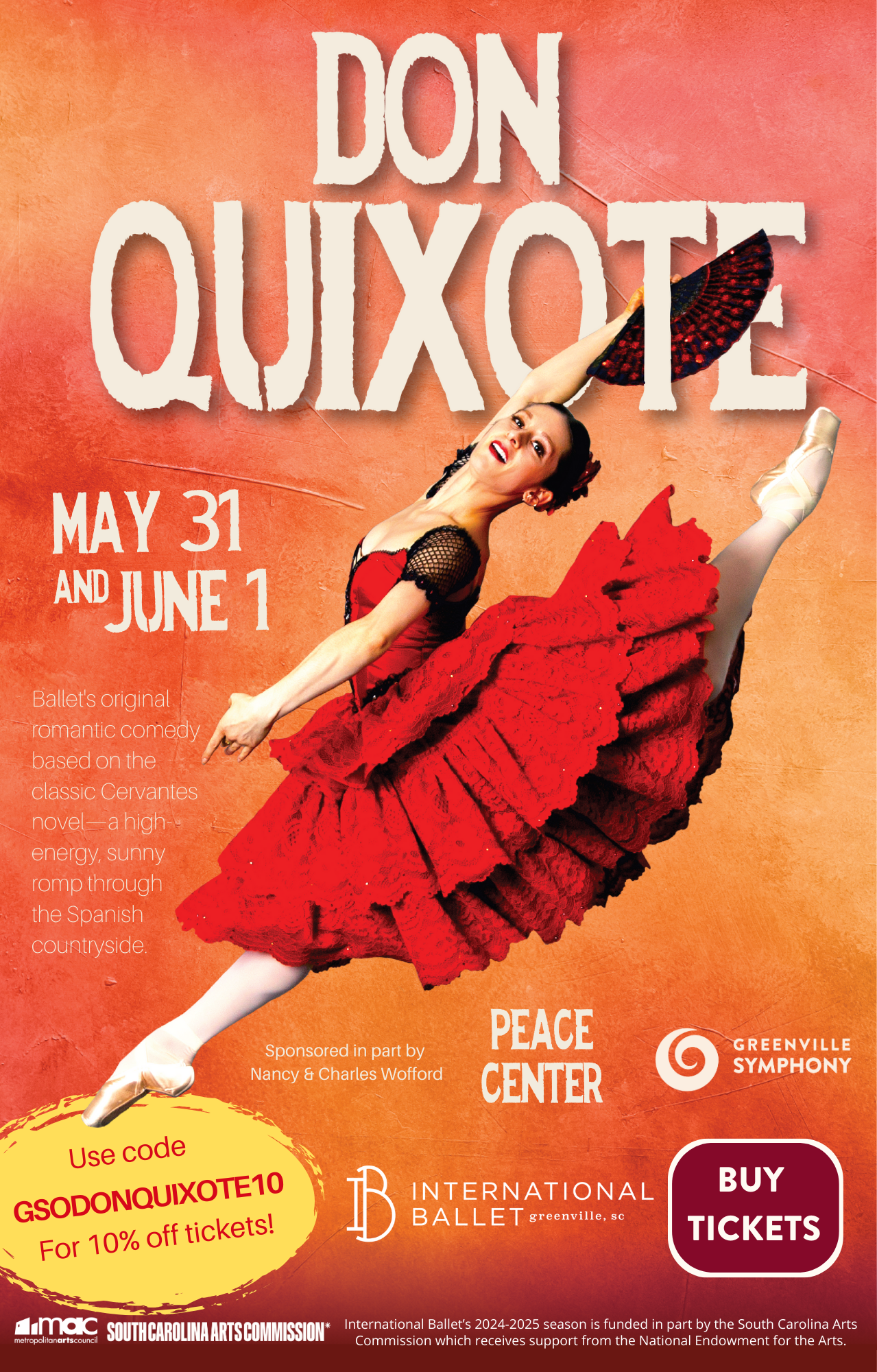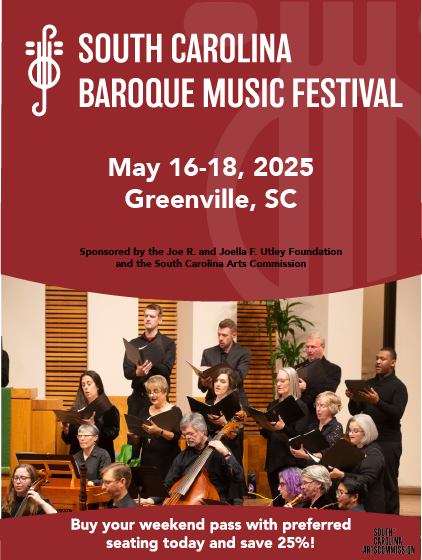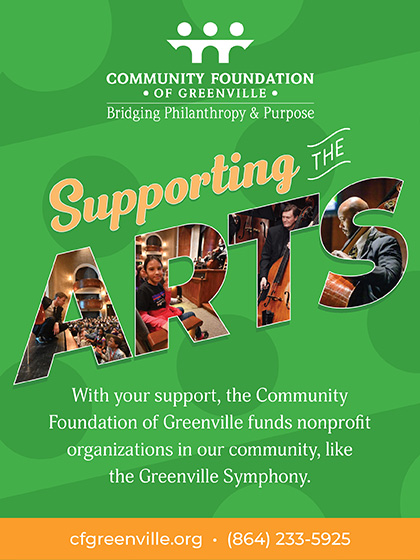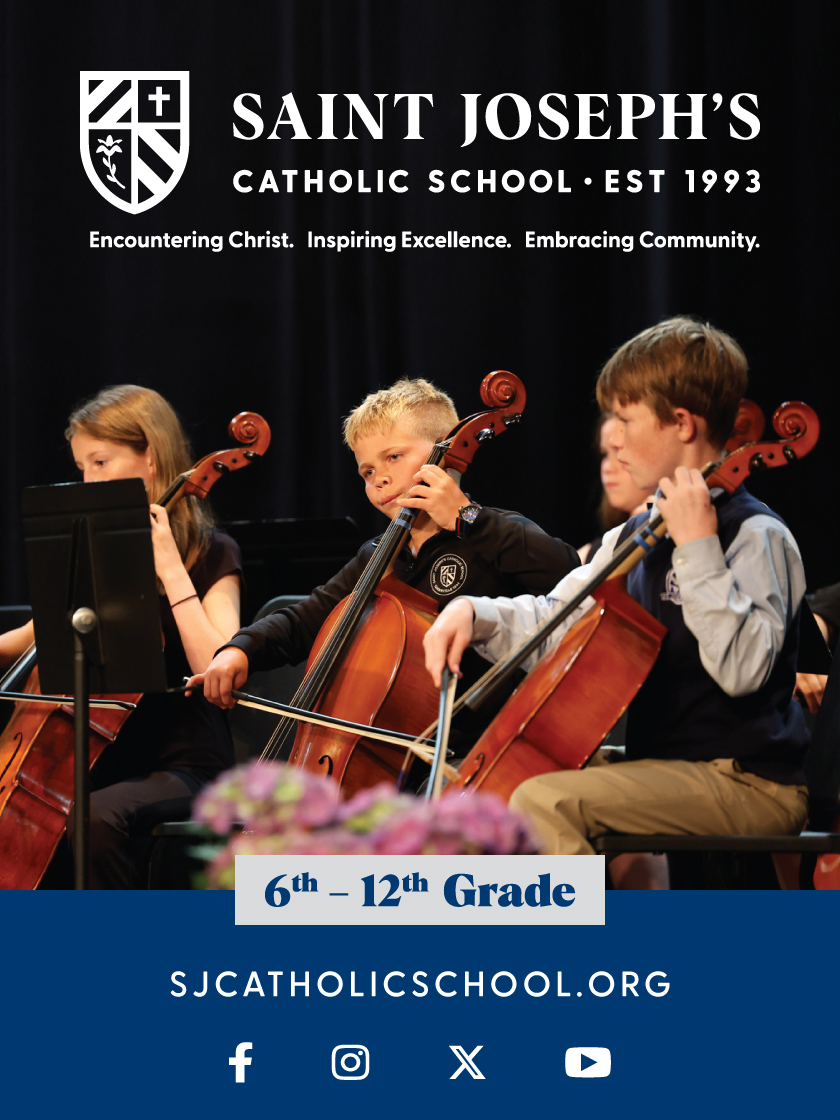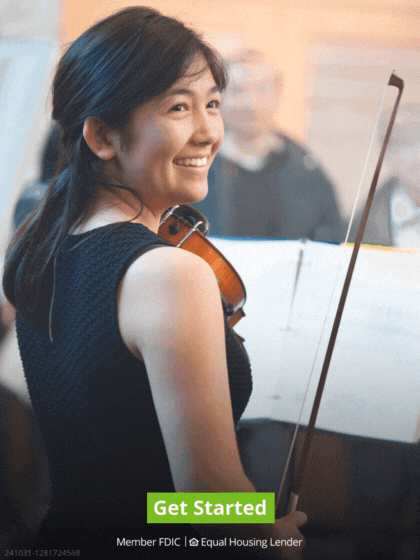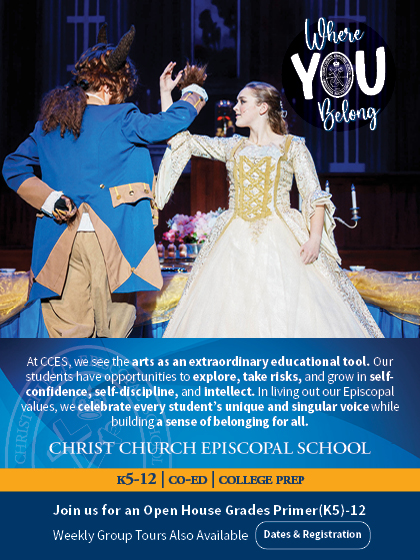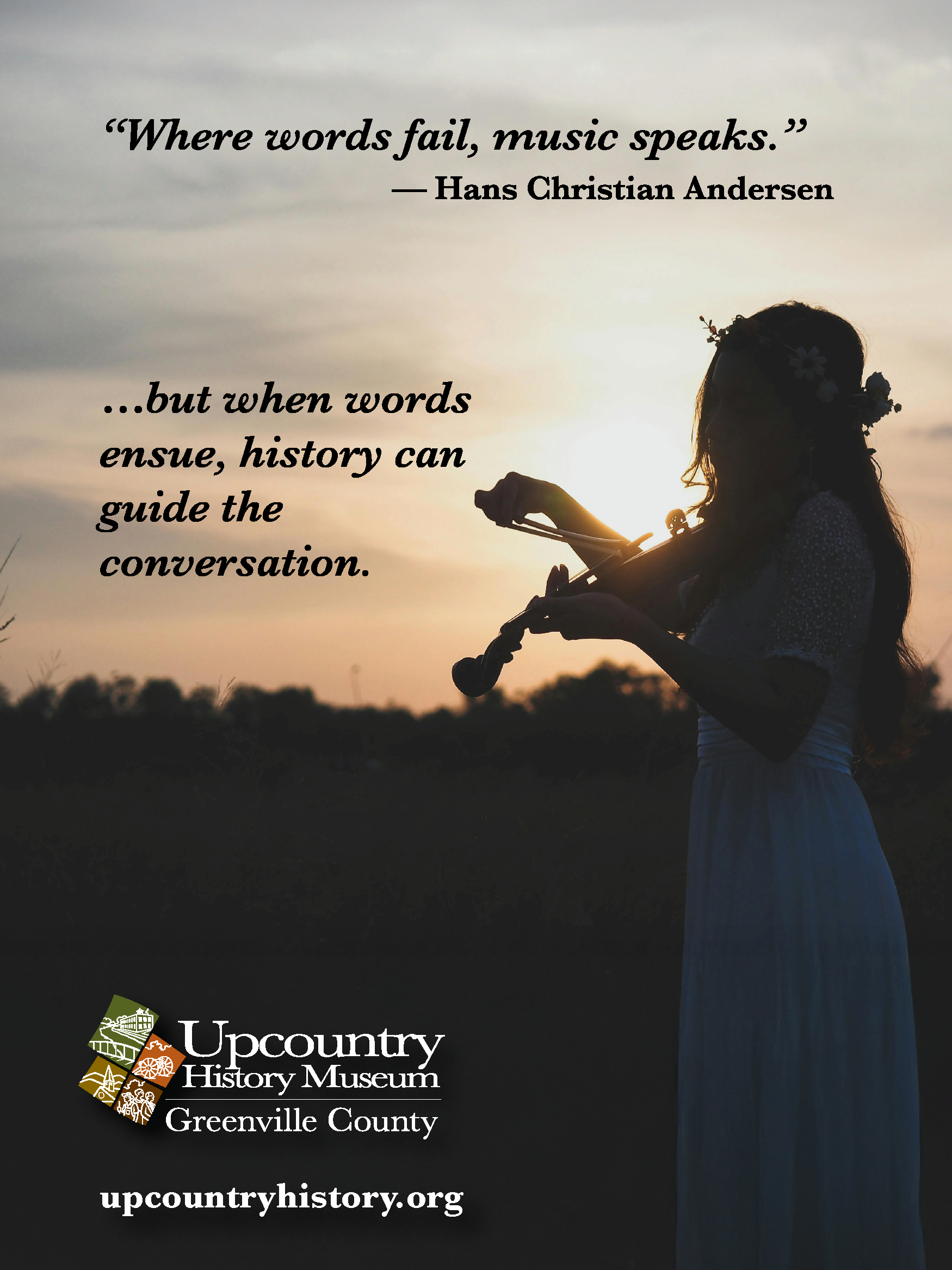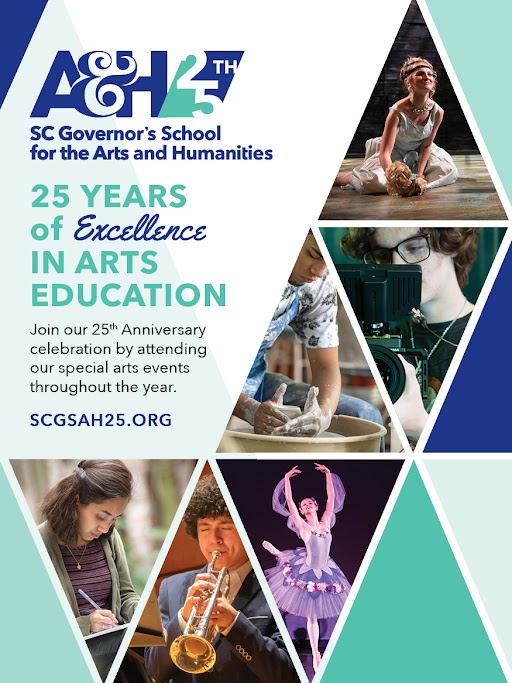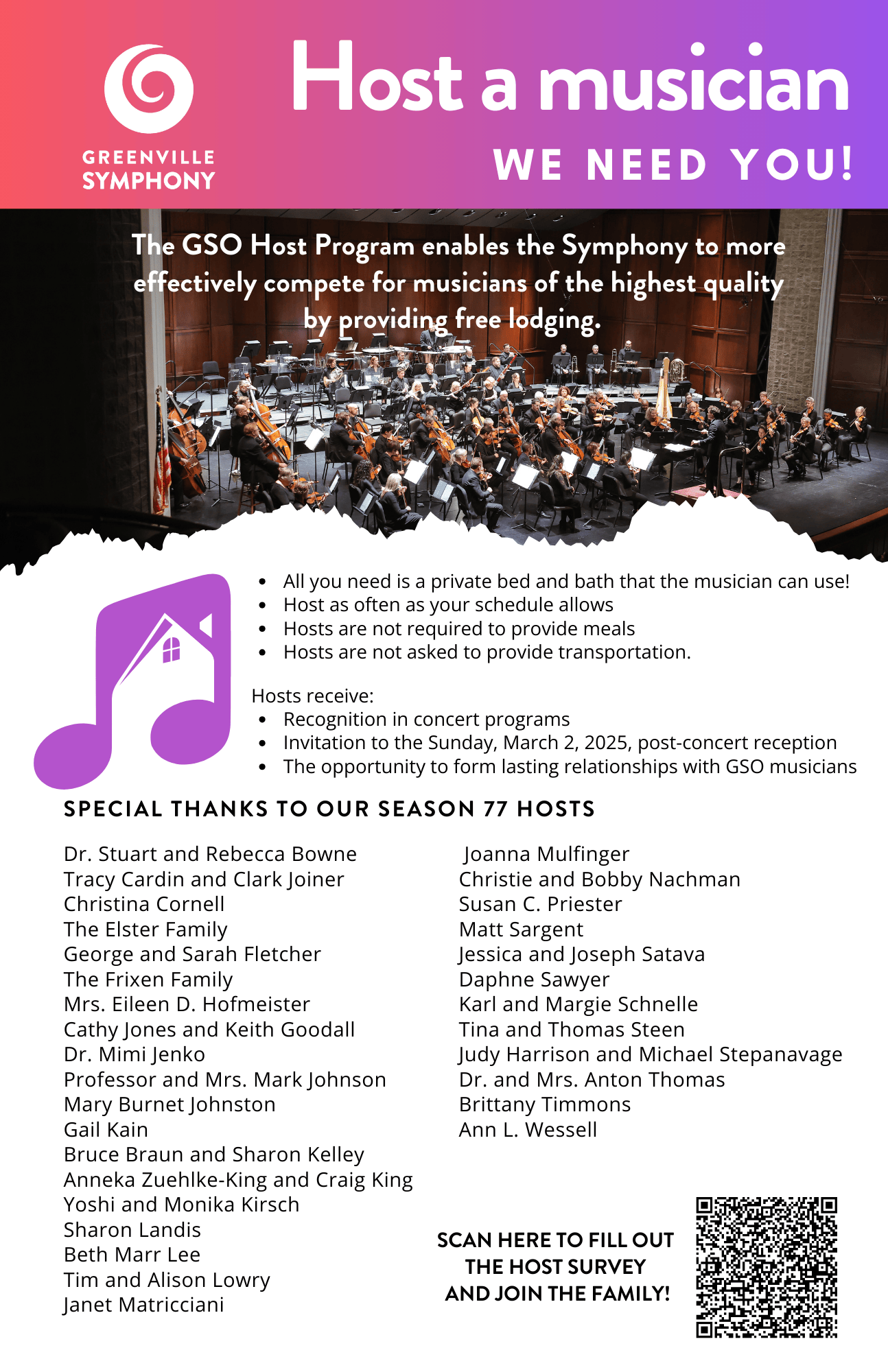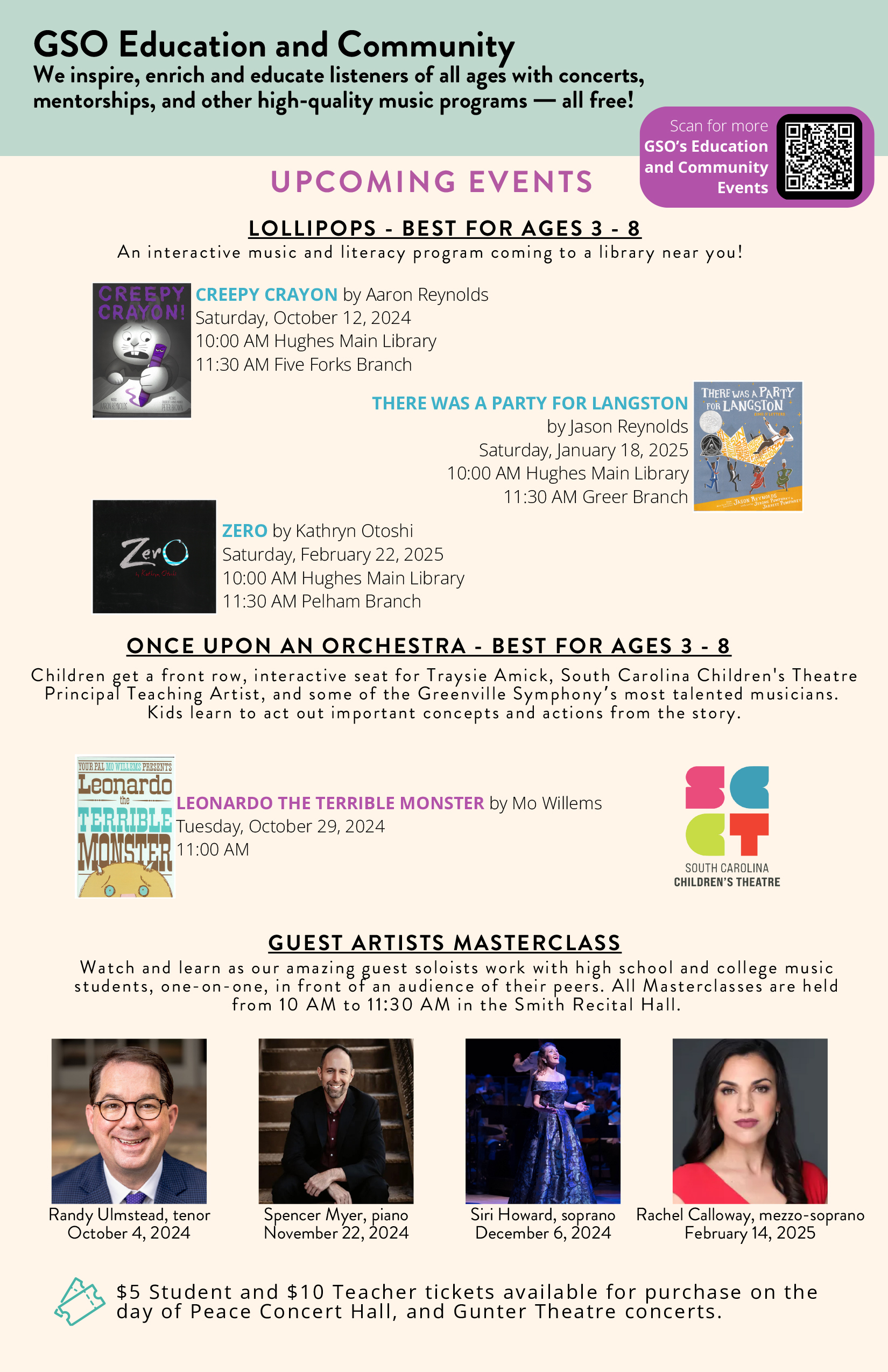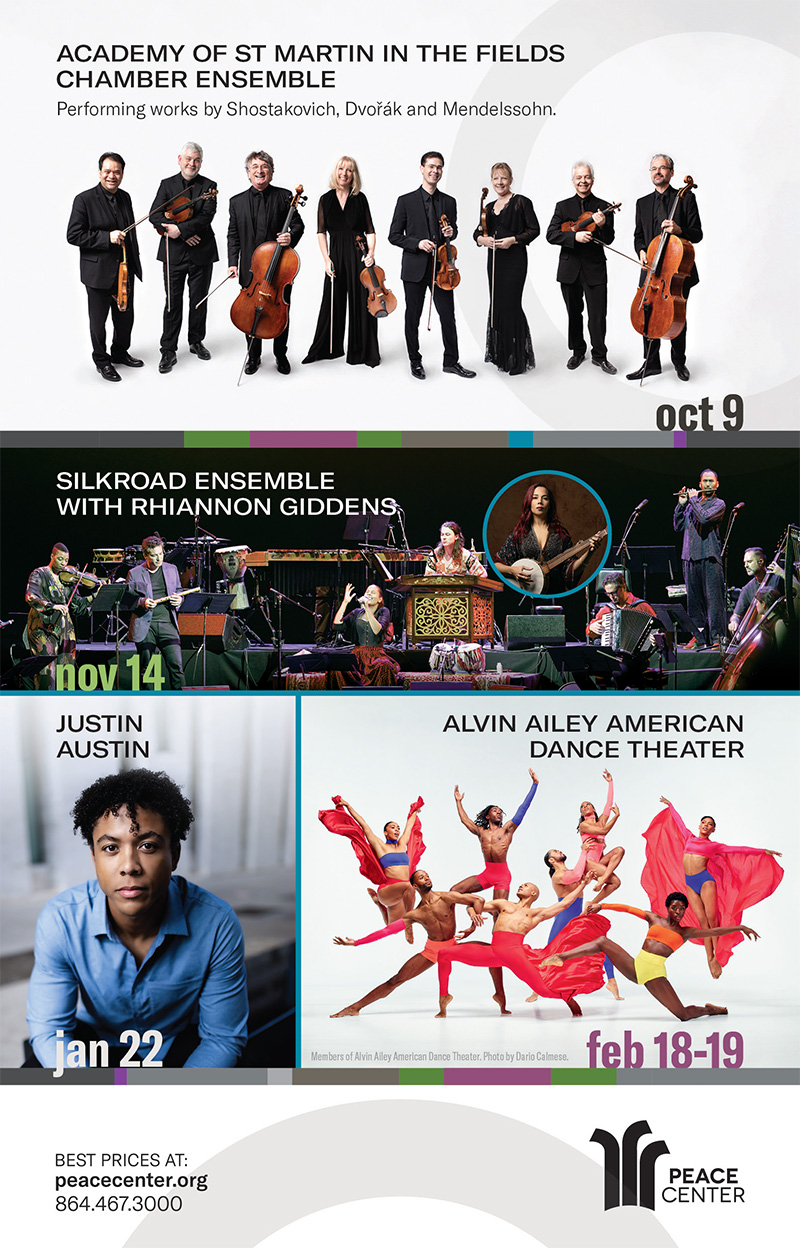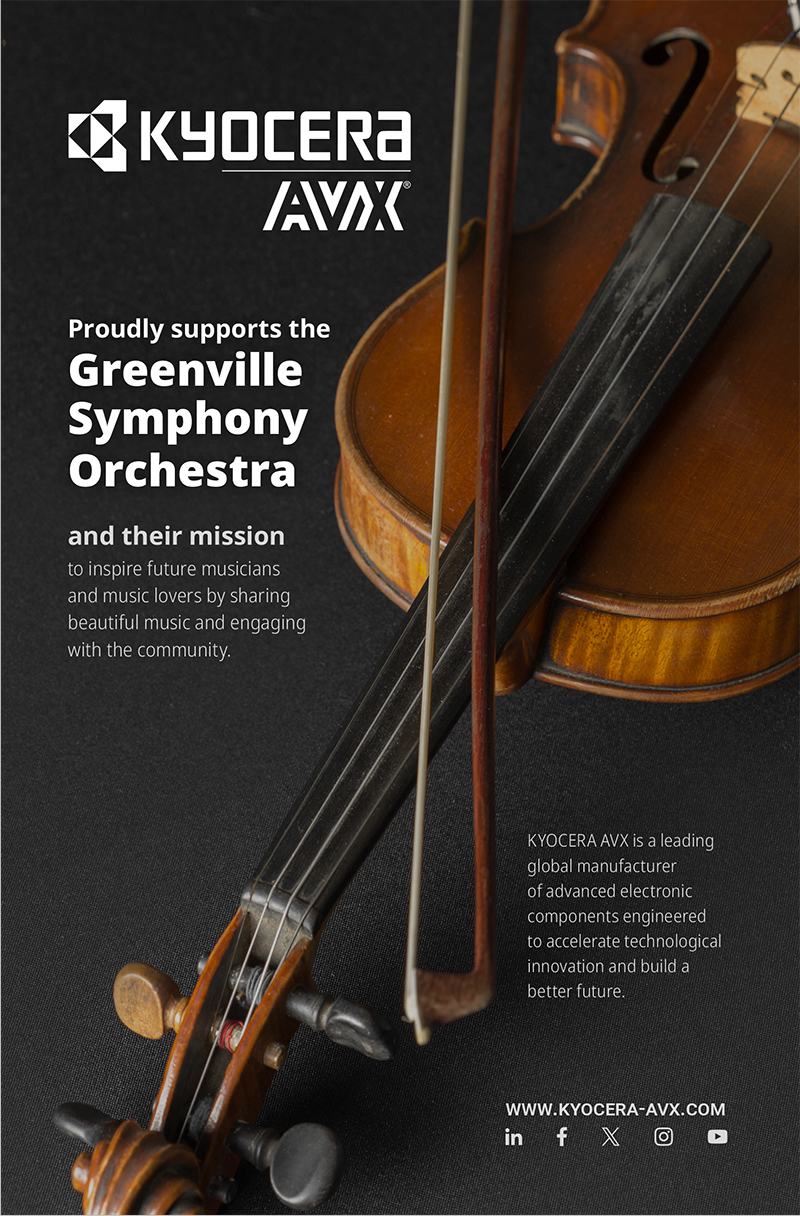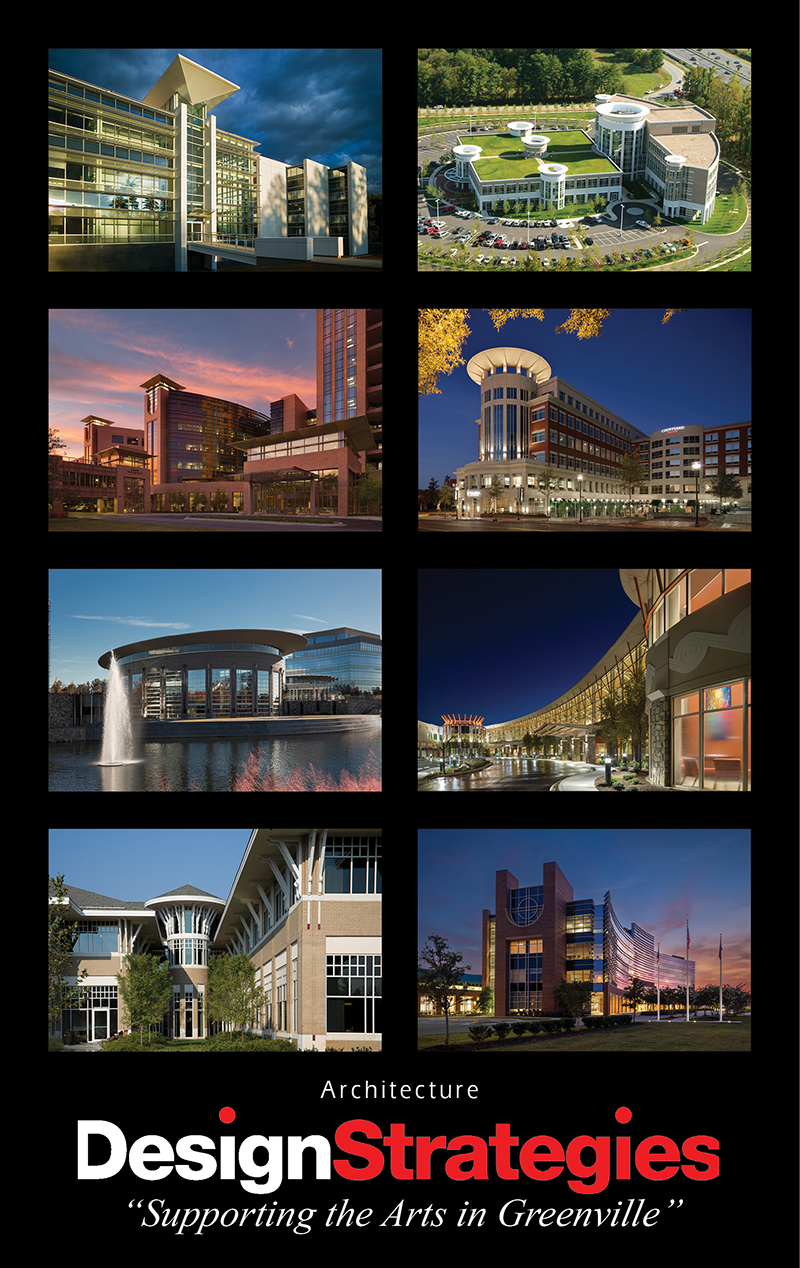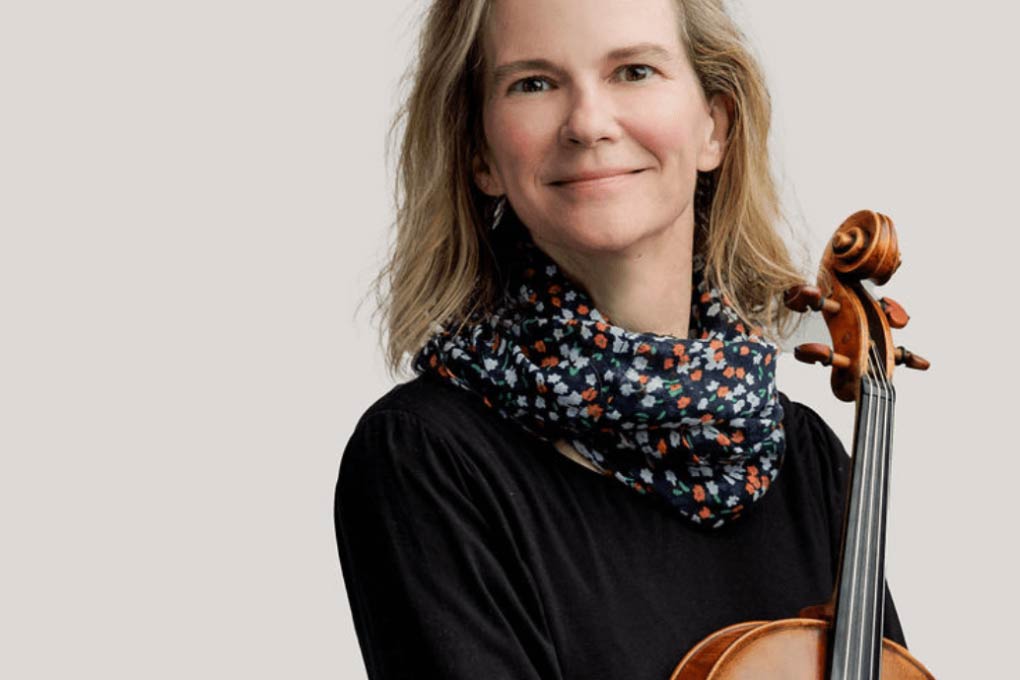
Bach-Inspired with violist Kathryn Dey SOLOIST |

Johann Sebastian Bach (1685-1750) I. Allegro | ............... | 10’ |
Henri Casadesus (1879-1947) I. Allegro moderato | ............... | 15’ |
Intermission | ||
Camargo Guarnieri (1907-1993) I. Vigoroso | ............... | 16’ |
Edvard Grieg (1843-1907) I. Prelude | ............... | 20’ |
Program Notes by Paul Hyde
Brandenburg Concerto No. 3
Johann Sebastian Bach (1685-1750)
The Brandenburg Concerto No. 3 in G major is one of the six concertos composed by Johann Sebastian Bach for Christian Ludwig, Margrave of Brandenburg, in 1721. It is widely recognized for its energetic and lively character, showcasing Bach's skill in writing for small ensembles.
The concerto typically features at least three violins, three violas, three cellos, bass and harpsichord.
The concerto consists of three movements:
- Allegro – The first movement is fast and lively, characterized by energetic rhythms and intricate interplay between the string parts. The movement is built around a continuous, buoyant drive with frequent dialogue among the instruments.
- Adagio – The second movement is shorter, slower, and more introspective. The violins and violas intertwine with a sense of elegance and calm, providing a contrast to the more vigorous outer movements.
- Allegro – The final movement is a joyful and brisk conclusion, with a speedy tempo and playful exchanges between the different string sections.
The piece showcases Bach's mastery in contrapuntal writing, where multiple lines of music are interwoven to create a rich texture. While the concerto lacks a prominent soloist, the dynamic interaction between the various string sections still creates a sense of competition and virtuosic flair.
The overall mood of the concerto is energetic and festive, making it one of the more exuberant works in the Brandenburg collection.
The Brandenburg Concertos were written as part of a submission to the Margrave of Brandenburg, and they display Bach’s inventive approach to orchestral writing. Despite their initial lack of recognition during Bach's lifetime, the concertos are now considered masterpieces of Baroque music.
The Brandenburg Concerto No. 3 stands out for its vibrant and lively nature, intricate counterpoint, and innovative orchestration, making it a favorite among classical music enthusiasts and performers alike.
Concerto in C Minor in the Style of J.C. Bach for Viola and Strings
Henri Casadesus (1879-1947)
Henri Casadesus' Concerto in C Minor in the Style of J.C. Bach for Viola and Strings is a piece that blends the classical viola concerto format with stylistic elements reminiscent of the Baroque composer Johann Christoph Friedrich Bach (J.C. Bach). It is a pastiche — a composition intentionally crafted in the style of another composer, rather than an authentic work from J.C. Bach himself.
Casadesus, a French viola player, composer, and conductor, was known for his expertise in historical performance practices and for reviving the music of past composers. In this concerto, Casadesus mimics the musical language of J.C. Bach, who was known for his mastery of the galant style, which is characterized by elegant, flowing melodies and clear, simple harmonic progressions.
The concerto prominently spotlights the viola soloist, supported by a string orchestra. The C minor key gives the work a sense of intensity and drama, with the viola playing an expressive and virtuosic role. The strings provide a solid foundation, with their own moments of thematic development and dialogue with the soloist.
The concerto follows the typical Baroque structure of three movements:
- Allegro – This movement is lively and energetic, with an emphasis on clear, flowing thematic material. The viola's role is both expressive and technically demanding, often featuring ornamentation and rapid passages.
- Adagio – In a slower, more lyrical movement, the viola explores a more introspective and emotional character, showcasing its rich tone and capacity for deep expression. The accompaniment remains simple and supporting, allowing the viola to shine.
- Allegro – The final movement returns to an upbeat, lively tempo, bringing the concerto to a dynamic and joyful conclusion. There are playful interactions between the soloist and the strings, with some virtuosic passages for the viola.
Casadesus' work captures the essence of the Baroque style while incorporating some of his personal compositional nuances. Even though it is not a genuine work by J.C. Bach, it serves as a tribute to the composer's legacy, offering a chance to experience the spirit of his music through a modern lens.
Concerto para Cordas e Percussão
Camargo Guarnieri (1907-1993)
Camargo Guarnieri's Concerto para Cordas e Percussão is a significant work in Brazilian classical music, composed in 1952. The piece reflects Guarnieri's deep connection to Brazilian folk music while demonstrating his innovative approach to orchestration and structure. It is written for string orchestra and percussion, a relatively uncommon combination, which gives the work a distinctive sound.
The concerto is typically divided into three movements:
- Allegro - The first movement presents energetic, rhythmic patterns often drawing from Brazilian rhythms and dance forms, like the samba and baião. The string section maintains a lively and driving pulse, while the percussion creates vivid accents that complement the strings’ dynamic interplay.
- Adagio - The second movement contrasts with the first in its slow and lyrical character. The strings take the lead with long, expressive lines, and the percussion provides a subtle, almost atmospheric backdrop. This movement showcases Guarnieri's ability to combine Brazilian warmth with classical harmonic sophistication.
- Allegro - The final movement returns to the lively rhythms of the first, bringing the piece to a vibrant and exciting conclusion. The percussion plays a more prominent role here, often adding an energetic rhythmic drive, while the strings weave through complex, syncopated patterns.
Guarnieri was deeply influenced by Brazilian folk music, which is evident throughout this concerto. He often incorporated rhythmic complexity, colorful orchestration, and a sense of Brazilian identity into his compositions. This work highlights his unique fusion of classical tradition with the rhythms and melodies of his homeland.
The Concerto para Cordas e Percussão remains a valuable piece in the Brazilian classical repertoire, admired for its rhythmic intensity, cultural authenticity, and inventive orchestration.
Holberg Suite
Edvard Grieg (1843-1907)
Edvard Grieg's Holberg Suite began life as a set of five piano pieces composed in 1884 to celebrate the 200th anniversary of the birth of the Norwegian-Danish playwright and author Ludvig Holberg. Grieg wrote the suite in the style of the 18th century, specifically in the form of a Baroque dance suite, but with his own Romantic flair. Grieg later arranged the suite for orchestra, which is the version most commonly performed today.
The five movements of the Holberg Suite are:
- Preludium (Allegro vivace) – The suite opens with a lively and energetic prelude in a clear, Baroque style, with a bright and cheerful character. The rhythmic drive and crisp articulation give it a lively and joyful spirit.
- Sarabande (Andante religioso) – A slower, more reflective movement, the sarabande is characterized by its elegant, stately rhythm and deeply emotional tone, evoking the more serious, solemn style of the baroque period.
- Gavotte (Allegro) – A light and playful dance in a lively 4/4 meter. The gavotte has a gentle, lilting rhythm that contrasts with the more dramatic and expressive nature of the previous sarabande.
- Air (Andante) – This movement has a lyrical and flowing character, often evoking a sense of calm and elegance. The air is more introspective and tender, with a beautiful, sweeping melody.
- Rigaudon (Allegro con brio) – The final movement is a vigorous and fast-paced dance with a buoyant rhythm and bright, energetic melodies. It concludes the suite with a sense of triumph and celebration.
The Holberg Suite is often praised for its combination of Baroque influence and romantic expressiveness, and it reflects Grieg's mastery in blending tradition with his own Norwegian character. The work is a delightful journey through different dance forms, showcasing Grieg’s ability to capture a variety of moods and colors while maintaining a cohesive structure throughout the suite.
Paul Hyde, a longtime Upstate arts journalist, is an English instructor at Tri-County Technical College. He writes regularly for the Greenville Journal, the S.C. Daily Gazette, EarRelevant, ArtsATL, and the Atlanta Journal-Constitution. Readers may write to him at pah598@g.harvard.edu.
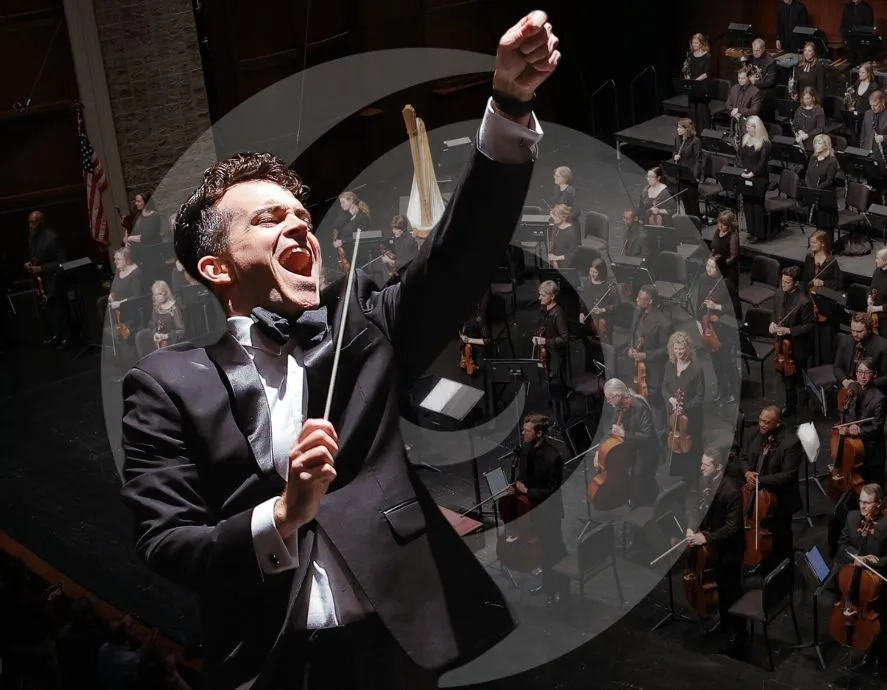
Concert Hall Series
Saturday performances at 7:30 pm
Sunday at 3:00 pm
Opening Night: Beethoven’s Ninth
October 5 & 6
Grieg’s Piano Concerto
November 23 & 24
Tchivzhel Conducts Tchaik 4
January 25 & 26
Duke Ellington’s The River
March 1 & 2
Jacqueline Tso plays
Bruch’s Scottish Fantasy
April 5 & 6
Beethoven and Brazil
May 10 & 11
Gunter Theatre Series
Performance start times vary
Peter and the Wolf
November 9 & 10
The Marriage of Figaro
February 15 & 16
Movers, Shakers, and Noise-Makers
March 22 & 23
Bach-Inspired with Violist Kathryn Dey
May 24 & 25
Special Events
Holiday at Peace
Peace Concert Hall
December 6 at 7:00 pm
December 7 at 1:00 & 7:00 pm
December 8 at 2:00 pm
Harry Potter and the Prisoner of Azkaban™ in concert
Peace Concert Hall
January 11 at 1:00 pm and 7:00 pm
January 12 at 2:00 pm
Star Wars: The Empire Strikes Back in Concert
May 4 at 7:00 pm
Bon Secours Wellness Arena
Music at Hotel Hartness
A luxe chamber music experience in a beautiful space.
Performances at 7:00 pm
Dracula! with Special Guest Dacre Stoker
October 23
Musical Landscapes
April 23
Music in the Gray Loft
Enjoy lunch or wine with a friendly, casual chamber music experience.
Performances at 12:00 and 5:30 pm
Dracula! with Special Guest Dacre Stoker
October 24
Musical Landscapes
April 24
Details and tickets available at greenvillesymphony.org

